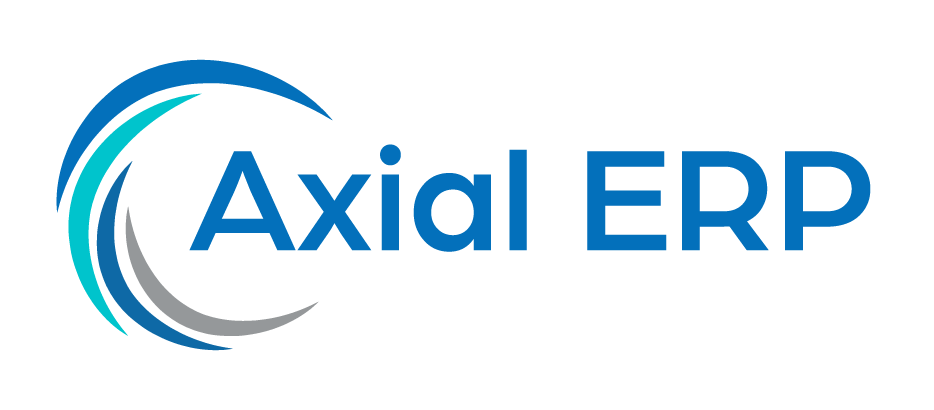Challenges and Solutions in ERP Integration in the Public Services Sector
Integrating Enterprise Resource Planning (ERP) systems in the public services sector represents a significant advancement in management and operational efficiency. However, implementing these solutions can face multiple challenges, from technical compatibility to user acceptance. In this article, we will explore the main obstacles that public services companies may encounter when integrating ERP systems and effective solutions to overcome them.
Understanding ERP Systems in the Public Services Sector
Before addressing the challenges and solutions, it is essential to understand what an ERP system is and how it is applied in the public services sector. ERP systems are software platforms designed to integrate and automate key business processes of an organization, such as accounting, supply chain management, operations, project management, human resources, among others.
Challenges of ERP Integration in the Public Services Sector
1. Complexity of Integration
Integrating an ERP in the public services sector can be particularly complex due to the need to coordinate a wide range of sector-specific activities and processes. Additionally, the integration must be carried out without interrupting critical daily operations for service delivery.
2. Resistance to Change
Resistance to change by employees is one of the major obstacles in implementing an ERP. Workers may feel comfortable with current systems and see any change as a threat to their routines and possibly their employment.
3. Implementation Costs
The costs associated with implementing an ERP can be significant, including software acquisition, hardware, staff training, and external consulting. These costs can be prohibitive for some public services companies, especially those operating in jurisdictions with limited budgets.
4. Regulatory Compliance
The public services sector is highly regulated, and any ERP system must comply with a series of regulations and standards. Adapting the ERP to these requirements can be a lengthy and complicated process.
5. Data Integration
Consolidating data from old systems to a new ERP can present significant difficulties, especially if the data is not standardized or if there are data quality issues.
Solutions for ERP Integration in the Public Services Sector
1. Strategic Planning
Careful and strategic planning is crucial for the successful integration of an ERP. This includes defining clear objectives, allocating adequate resources, and creating a realistic schedule.
2. Employee Involvement
Involving employees from the early stages of the project can help mitigate resistance to change. Open communication and training can ensure that staff understands the benefits of the new system and feels part of the change.
3. Cost Management
To manage implementation costs, it is important to conduct a detailed cost-benefit analysis and consider financing options or usage-based payment models that may be more accessible.
4. Regulatory Compliance
Working with ERP providers with experience in the public services sector and an understanding of regulations can facilitate regulatory compliance. These providers can offer solutions that are already designed to comply with specific sector regulations.
5. Data Cleansing and Migration
Before integration, it is crucial to perform data cleansing to ensure that the information to be transferred to the new ERP system is accurate and standardized. Data migration must be carefully planned to minimize the risk of information loss.
Conclusion
Integrating ERP systems in the public services sector is a challenging but essential process to improve efficiency and management. Despite the obstacles, with proper planning and effective strategies, public services companies can overcome these challenges and make the most of the advantages offered by ERP systems.



